India: the world’s most populous democratic country with one of the largest economies. Africa: a largely developing continent attempting to work itself out of vast poverty and violent conflicts. Both have large youth populations, a desire to play a stronger role in international markets and, importantly, an interest in each other.
In early April, India’s Ministry of External Affairs (MEA) sponsored a two-day collaborative workshop in New Delhi known as “INDIAFRICA: A Shared Future.” The purpose of the forum, held on April 4-5, was to bring together the youth (defined as those under 30 years old) of two populations that have a mutually growing interest in each other to fashion solutions to the many shared development challenges faced by India and Africa:
“The initiative [was] born in 2011 out of recognition of shared sensibilities, histories and intertwined cultures between India and the African continent. The connection between India and Africa, home to an over-two-million-strong Indian diaspora, has been ‘a continuous process of socio-cultural and economic exchange.’”
Given these similarities, why the targeted focus on youth? As previously mentioned, both India and Africa have considerable youth populations. According to statistics from the CIA World Factbook, the median age in India is 26.5 years, while the median age for countries in Africa ranges from 15.1 in Uganda and 18.9 in Zimbabwe to 25.3 in South Africa and 28.1 years in Algeria. The young populations, as Manoj Kohli, head of the International Business Group for Bharti Airtel, explains, are very attractive, especially when considering “the western world, Russia, China, Japan are all graying.” Navdeep Suri, joint secretary of public diplomacy in India’s MEA, said, “The driving vision of the program is to unleash the enormous energy of young people, to encourage their powerful creative ideas and to enable them to be facilitators of this process.”
As described on the website, “INDIAFRICA: A Shared Future is a unique people-to-people initiative that aims at engaging multiple stakeholders in India and Africa through contests, fellowships, discussions, events, collaborative projects and cultural exchanges.” During this workshop, a total of 72 Indian and African youth (36 Indian and 36 African individuals), coming from a wide range of disciplines, pitch and debate “their views on challenges and opportunities in areas like energy, environment, healthcare, education, culture, creative exchanges, tourism, governance, food and nutrition in their respective regions…”
Public diplomacy, in the past few decades, “has been widely seen as the transparent means by which a sovereign country communicates with publics in other countries aimed at informing and influencing audiences overseas for the purpose of promoting the national interest and advancing its foreign policy goals.” This—what one might call public diplomacy in the modern sense of the word—was put forth by the University of Southern California Center on Public Diplomacy. The definition is useful in the sense that it is broad and fairly encompassing, but how does INDIAFRICA fit within it?
At its core, INDIAFRICA is an initiative that might be defined as “little c” cultural diplomacy, a narrower subcategory of public diplomacy. Using Dr. Emil Constantinescu’s definition, cultural diplomacy can be defined as “a course of actions, which are based on and utilize the exchange of ideas, values, traditions and other aspects of culture or identity…” INDIAFRICA fits perfectly within this characterization and has the added element of youth involvement. Rather than convening a forum for business and government officials, INDIAFRICA brings together two youth populations in the name of building positive first impressions and tapping on the energy, creativity and enthusiasm–rather than the demonstrated expertise–these groups have the potential to generate.
INDIAFRICA lumps different categories, such as business and culture, together in the same package. The initiatives taken on by this enterprise include building democratic developmental institutions; establishing governance networks in areas such as agriculture, micro-finance, entrepreneurship development and healthcare; generating employment; creating “profitable partnerships”; funding the future through Indian soft loans to its African partners; and finally “building trust and mutual respect and building relationships.” And participants tackle these strategies in a number of ways—not simply the two-day workshop. INDIAFRICA promotes India-Africa collaboration through a series of contests: 1) Business Venture, 2) Poster Design, 3) Photography, and 4) Essay Writing, each attributing to a cultural diplomacy niche.
Each of the four contests has a theme that aligns with some larger cultural phenomenon. In the 2012-2013 contests for instance, the theme for Business Venture Contest was “Entrepreneurial Solutions to Address Developmental Challenges,” the Poster Design Contest’s was “What does Freedom mean to you?” the Photography Contest’s was “Communities in India and Africa” and the Essay Writing Contest’s was “How can India and Africa collaborate to co-create a brighter future?” These themes align well with the ‘universal norms’ of democracy and innovation, while suiting INDIAFRICA’s aim to help shape the future of these two geographies through their respective youths. They emphasize the culture of both India and Africa while still moving them toward more global political and developmental environments. Suri surmised this point by noting that the multidisciplinary contest series help “create a platform for talented and young Indians and Africans to exchange ideas about emergent realities, successes and challenges and explore future collaborations in business, design and culture.”
The beauty of INDIAFRICA lies within its configuration, which includes strategic as well as shared considerations. The Indian government has increasingly viewed Africa as a realm of opportunity for furthering its commercial interests, and the “leadership of Indian and African nations have set a bilateral trade target of $100 billion by 2015.” Kohli said that his company alone has invested $13 billion in Africa, plans to invest more and has already recruited about 7,000 employees in the continent. Although cultural diplomacy is rarely conducted in the name of self-interest, it is worth noting that India’s interest in Africa extends beyond purely strategic self-interest and that the country considers this initiative as a means for achieving shared policy goals. Both geographies (both the governments and national companies) “work jointly to help in capacity building, knowledge sharing, job creation and other areas.” The similar and shared foreign policy goals lends INDIAFRICA to being seen as a joint collaboration, benefiting all involved.
“A large workforce with fewer children to support creates a window of opportunity to save money on health care and other social services; improve the quality of education; increase economic output because of more people working; invest more in technology and skills to strengthen the economy; and create the wealth needed to cope with the future aging of the population.”
This window, known as the demographic dividend, can be addressed through initiatives such as INDIAFRICA that bring together the young people in the name of a better future. For young participants, who may or may not be true opinion leaders in their home societies yet, this forum provides the ultimate learning model as well as a safe venue for the sharing of ideas. Further, this particular program not only allows youth to address development challenges and think of solutions early on, but it is also acts as the foundation for the future relationship between the two geographies.

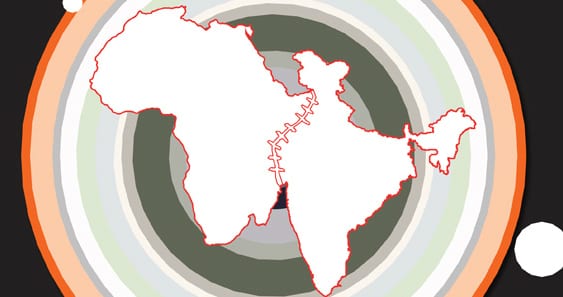

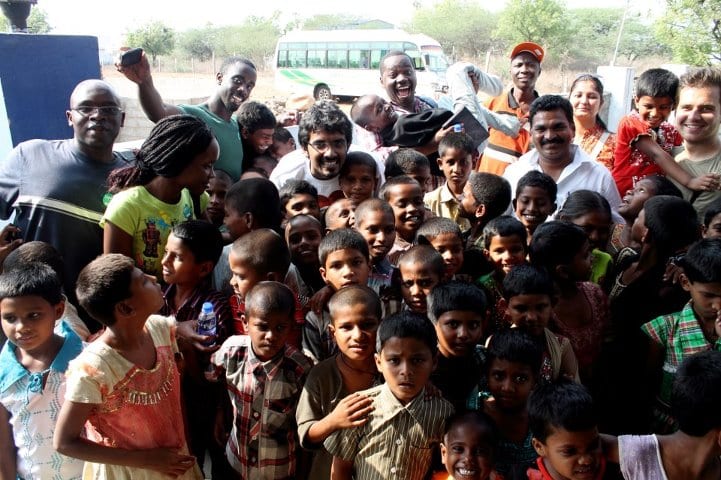
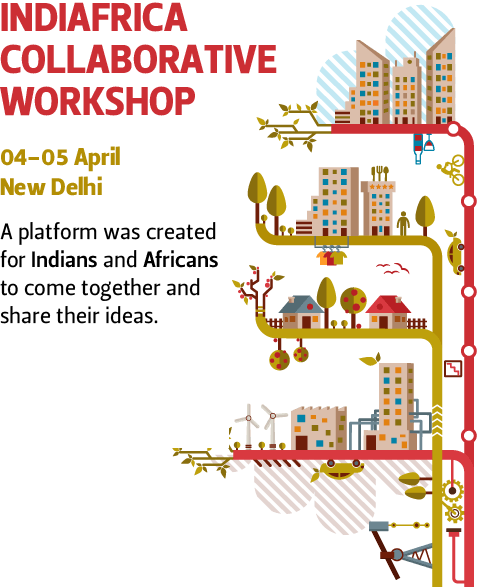

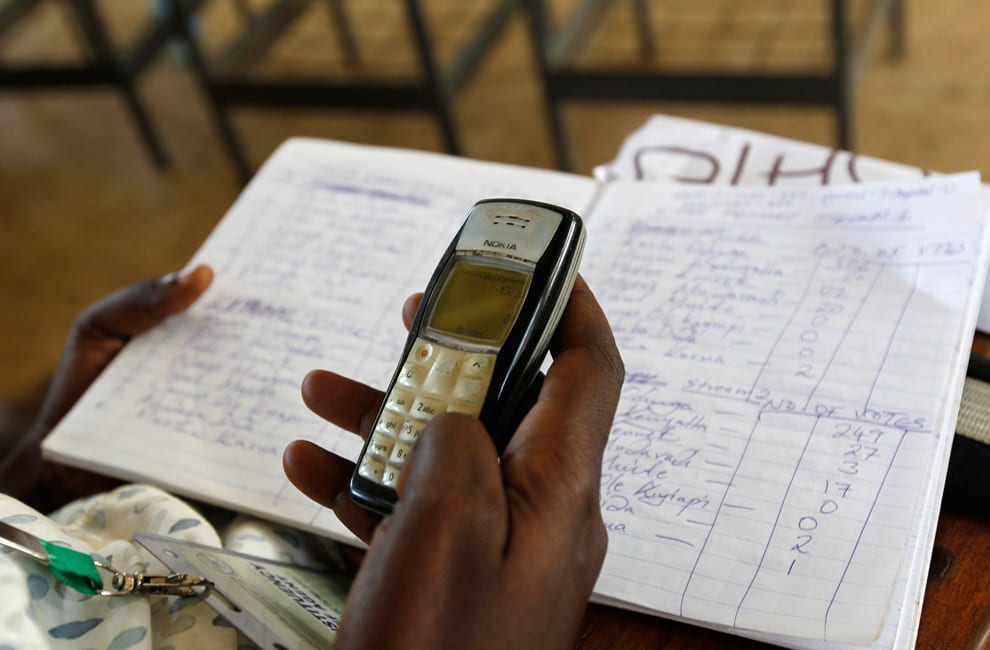
 The U.S. State Department has developed several programs, which have revolutionized traditional diplomacy; among them is
The U.S. State Department has developed several programs, which have revolutionized traditional diplomacy; among them is 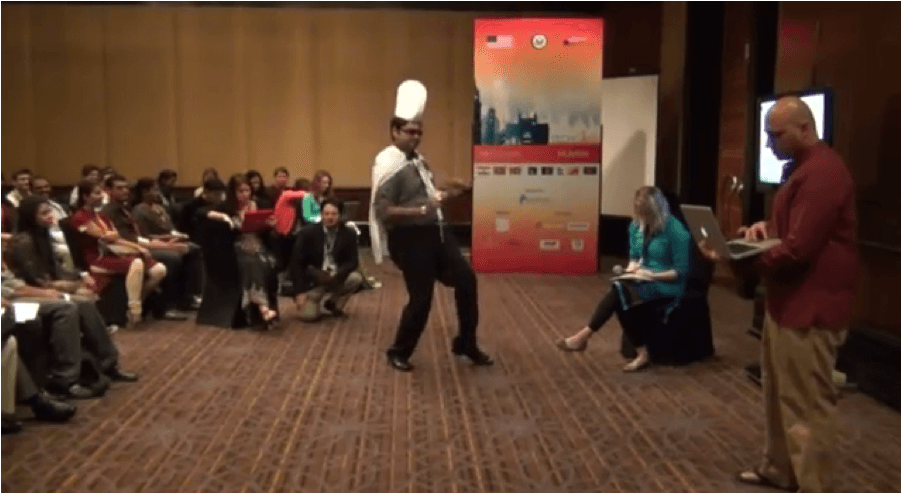

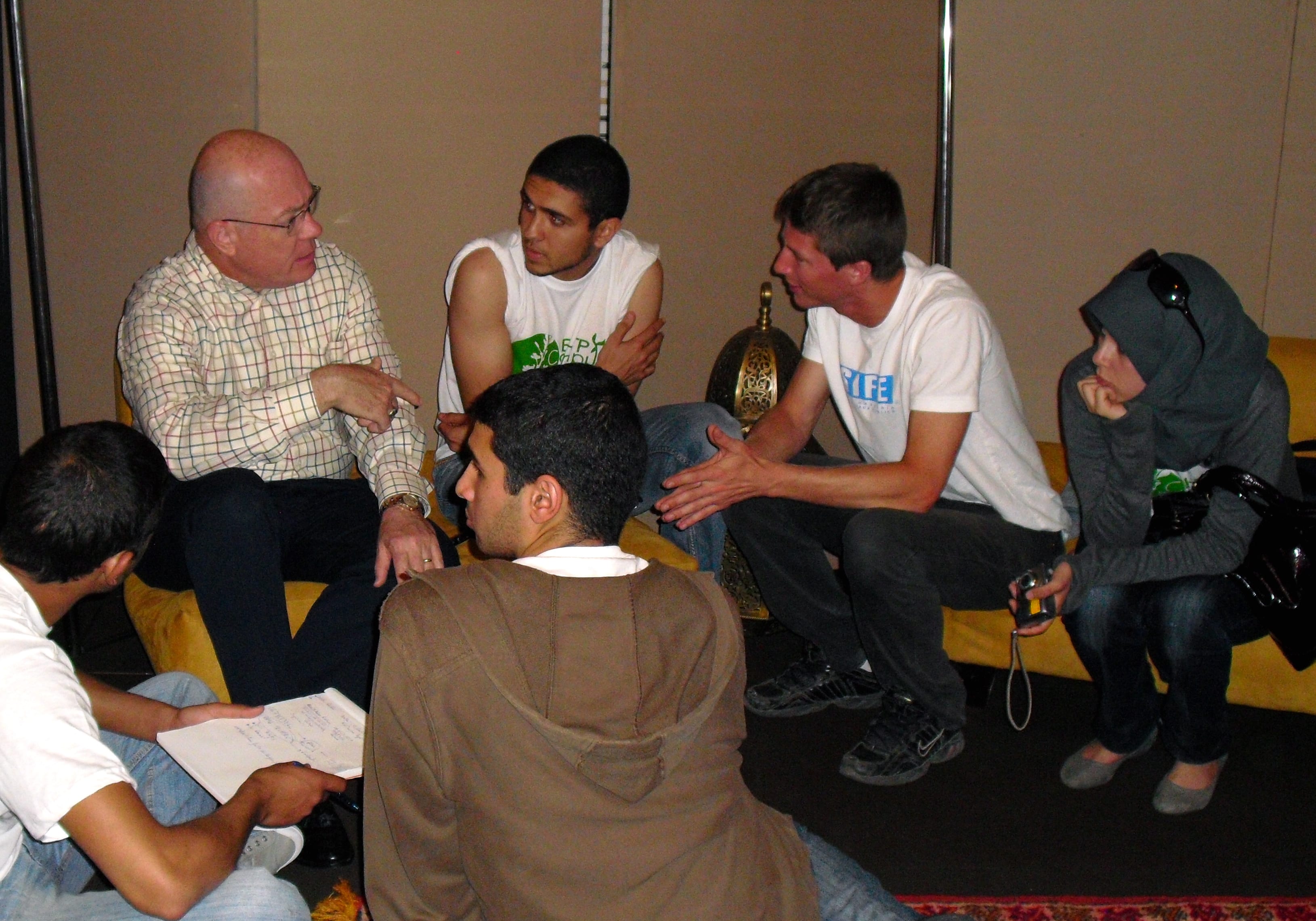
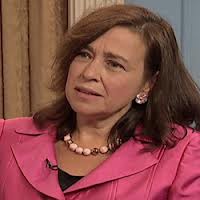
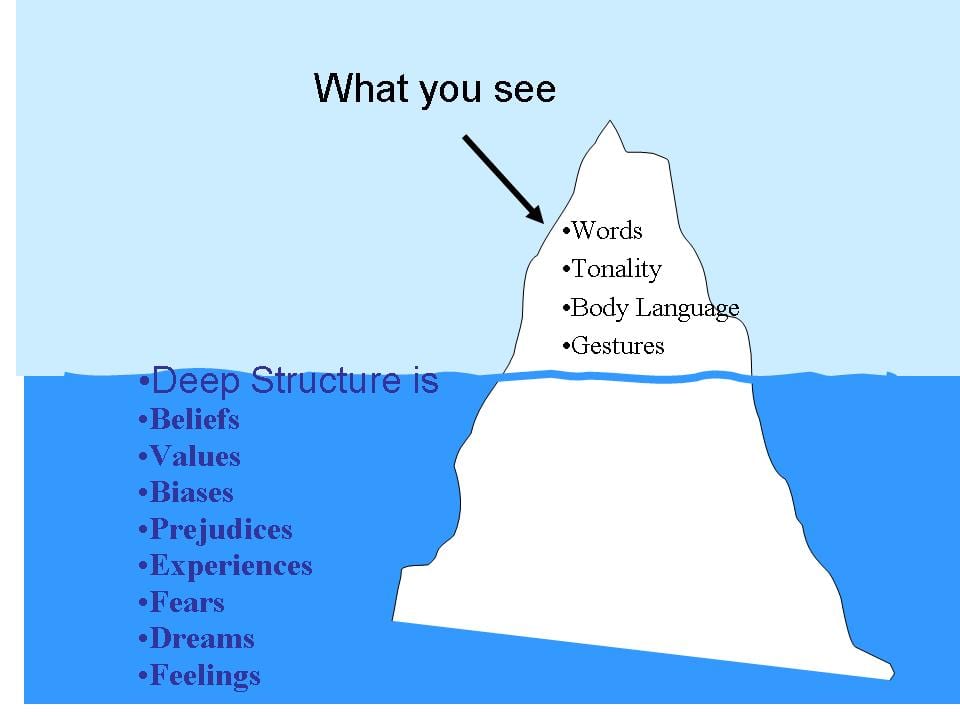
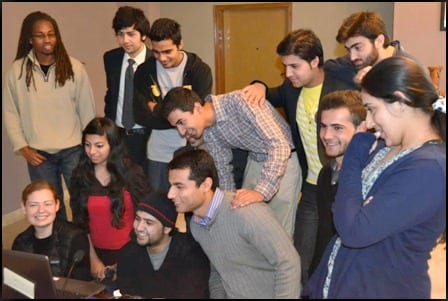 On January 5-6, while India and Pakistan faced each other on the cricket pitch, teams of exchange program alumni from India, Pakistan, and Bangladesh engaged in
On January 5-6, while India and Pakistan faced each other on the cricket pitch, teams of exchange program alumni from India, Pakistan, and Bangladesh engaged in 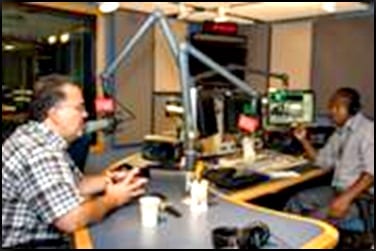 secured the first live phone interview with a Malawian president as a result of his U.S. program experience. In his words: “one thing I learned while covering the elections is that the American President is always scrutinized by the public. Immediately I arrived home I got in touch with our ‘White House’ to have the President answer questions from the public. I am proud to announce that on December 31, I was the first Malawian journalist to have a live phone interview with the President where people posed questions to [him], a thing that has never happened before in my country.”
secured the first live phone interview with a Malawian president as a result of his U.S. program experience. In his words: “one thing I learned while covering the elections is that the American President is always scrutinized by the public. Immediately I arrived home I got in touch with our ‘White House’ to have the President answer questions from the public. I am proud to announce that on December 31, I was the first Malawian journalist to have a live phone interview with the President where people posed questions to [him], a thing that has never happened before in my country.”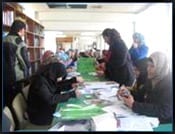 Jerusalem: The board game Monopoly has proven a potent tool in fostering the entrepreneurial spirit among Palestinian youth, while simultaneously introducing a mainstay of American culture.
Jerusalem: The board game Monopoly has proven a potent tool in fostering the entrepreneurial spirit among Palestinian youth, while simultaneously introducing a mainstay of American culture. 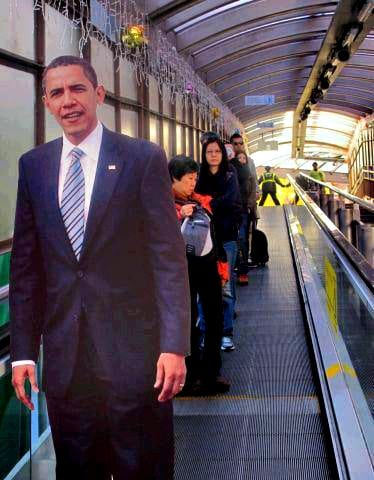 In the lead-up to the U.S. Presidential Inauguration, Consulate Hong Kong began a social media project that included photos, videos and travelling cardboard cutouts of President Obama and the First Lady.
In the lead-up to the U.S. Presidential Inauguration, Consulate Hong Kong began a social media project that included photos, videos and travelling cardboard cutouts of President Obama and the First Lady. 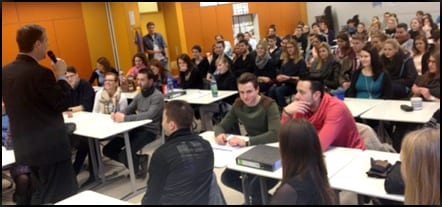 The U.S. Consul General in Munich spoke to students and faculty of “Berufsschule 4,” an off-the-beaten-track school in Nuremberg. He addressed U.S.-German relations, the U.S. presence in Bavaria, and economic and commercial ties, and tackled tough questions about car emissions, Guantanamo, gun control, and social media topics. The
The U.S. Consul General in Munich spoke to students and faculty of “Berufsschule 4,” an off-the-beaten-track school in Nuremberg. He addressed U.S.-German relations, the U.S. presence in Bavaria, and economic and commercial ties, and tackled tough questions about car emissions, Guantanamo, gun control, and social media topics. The
